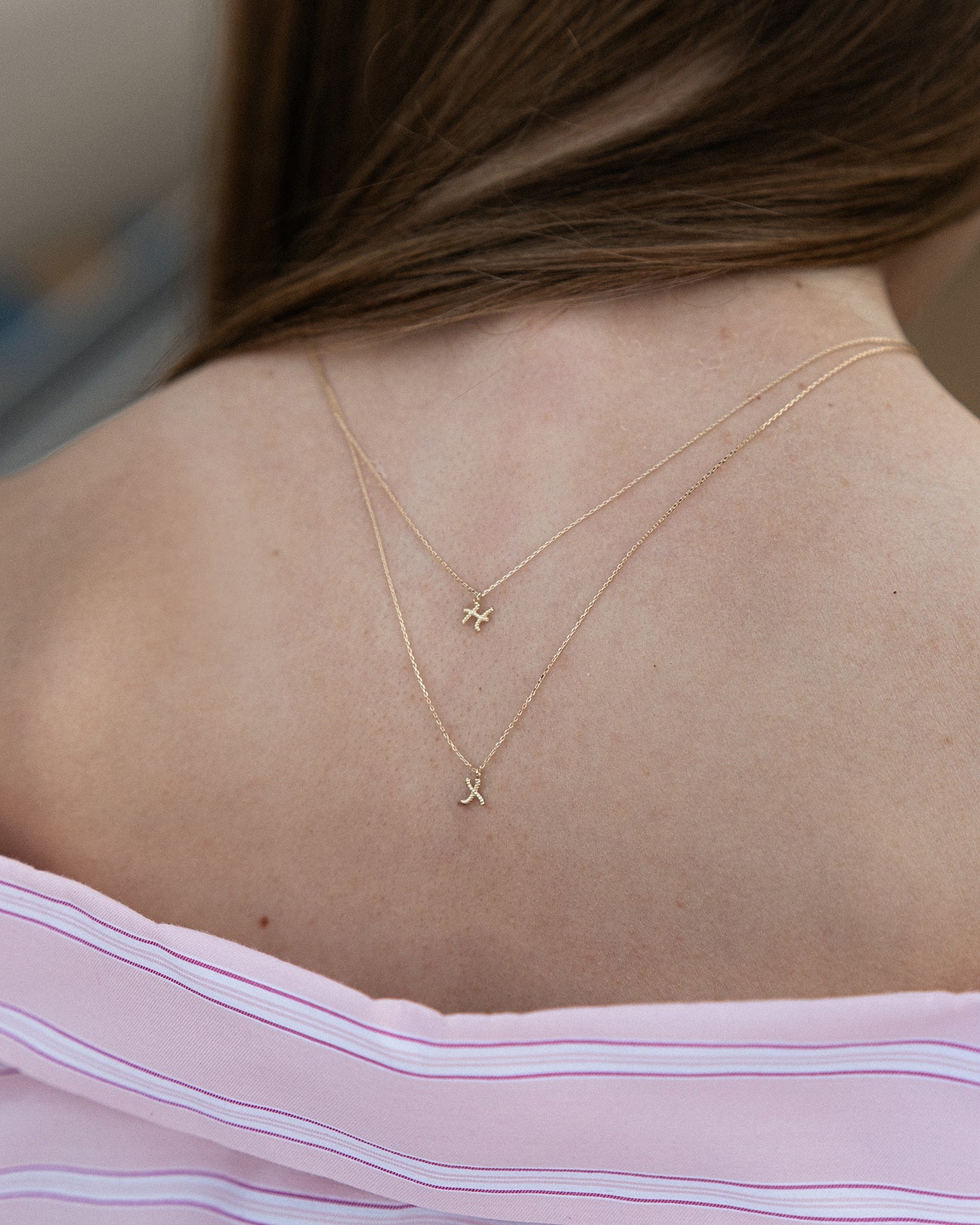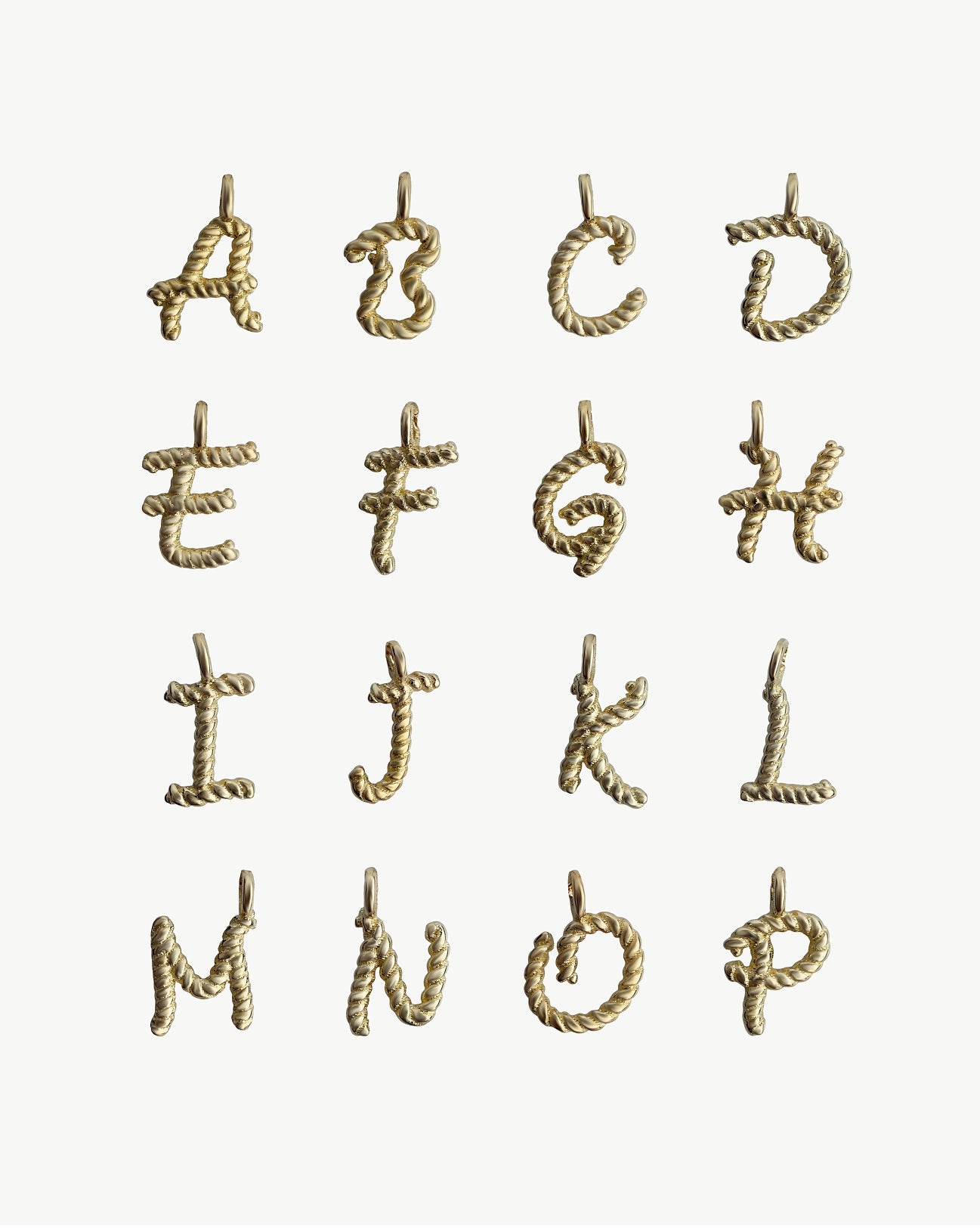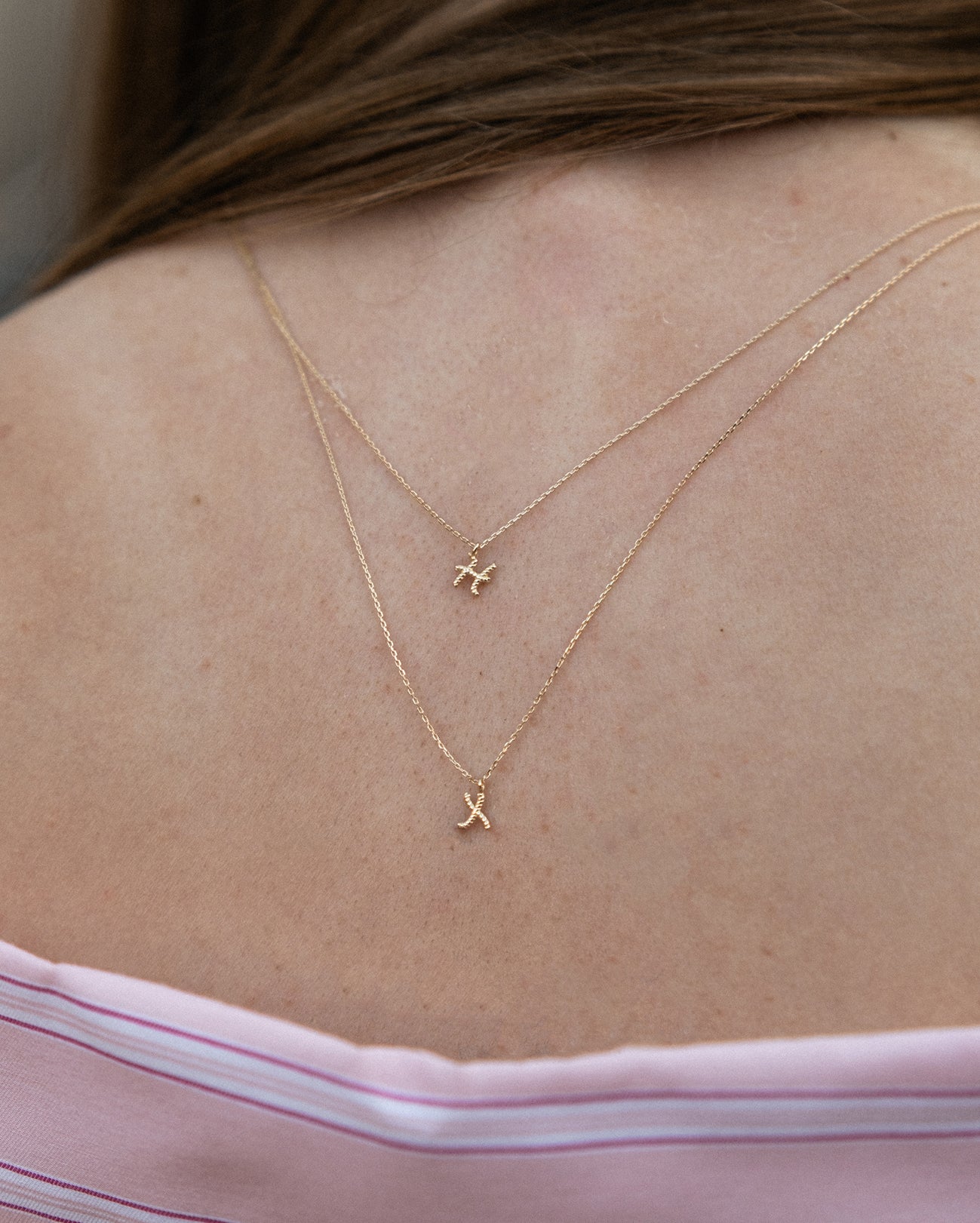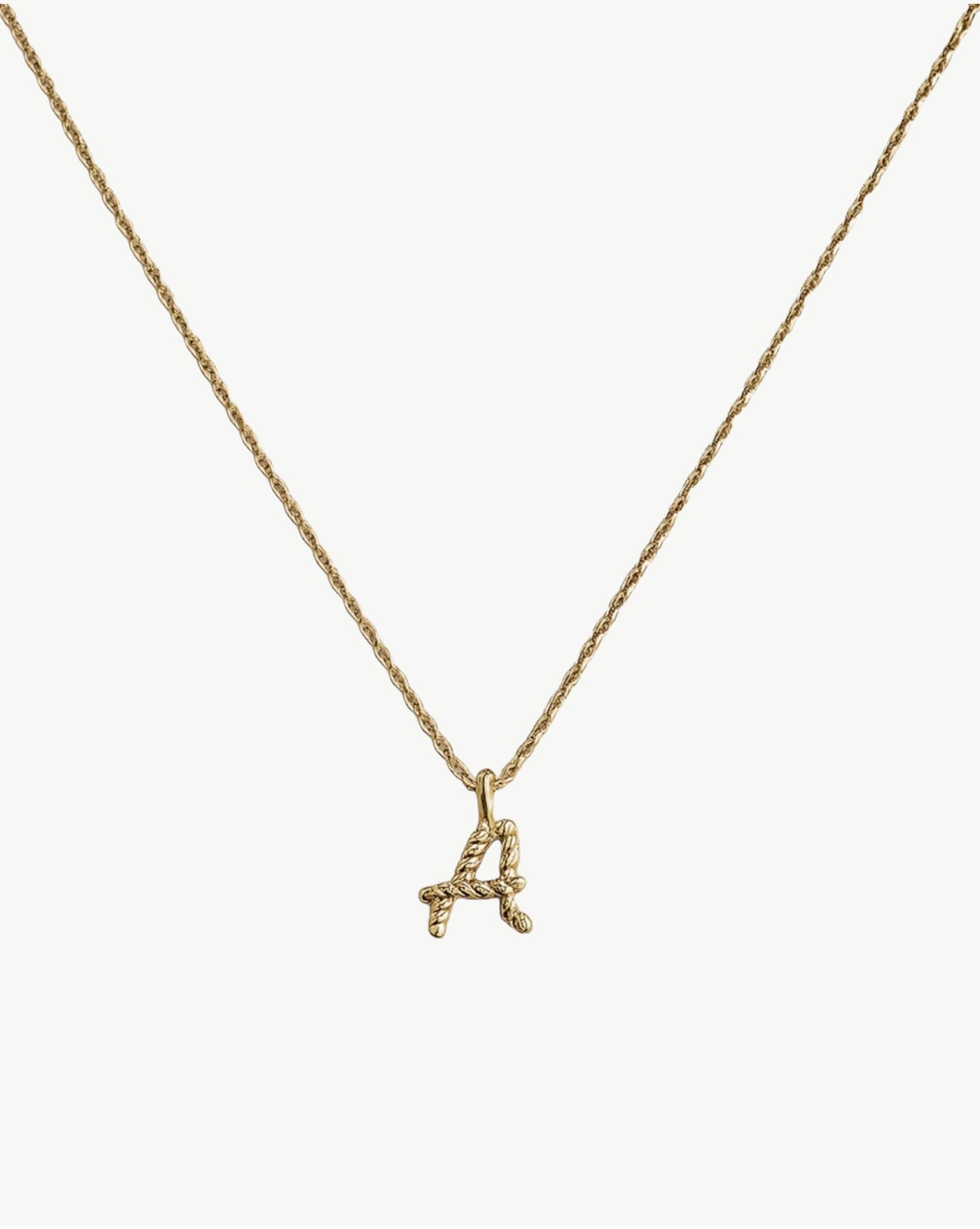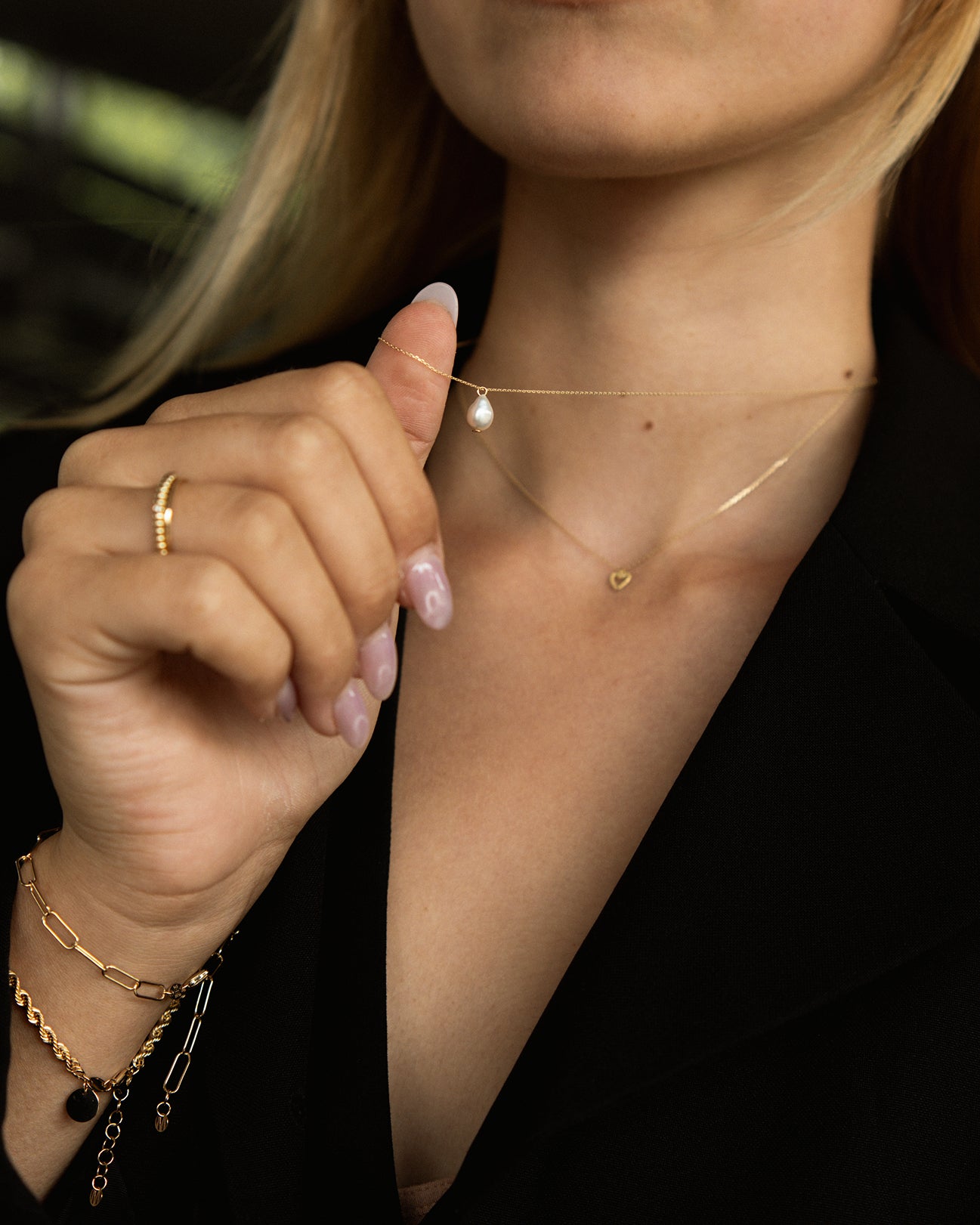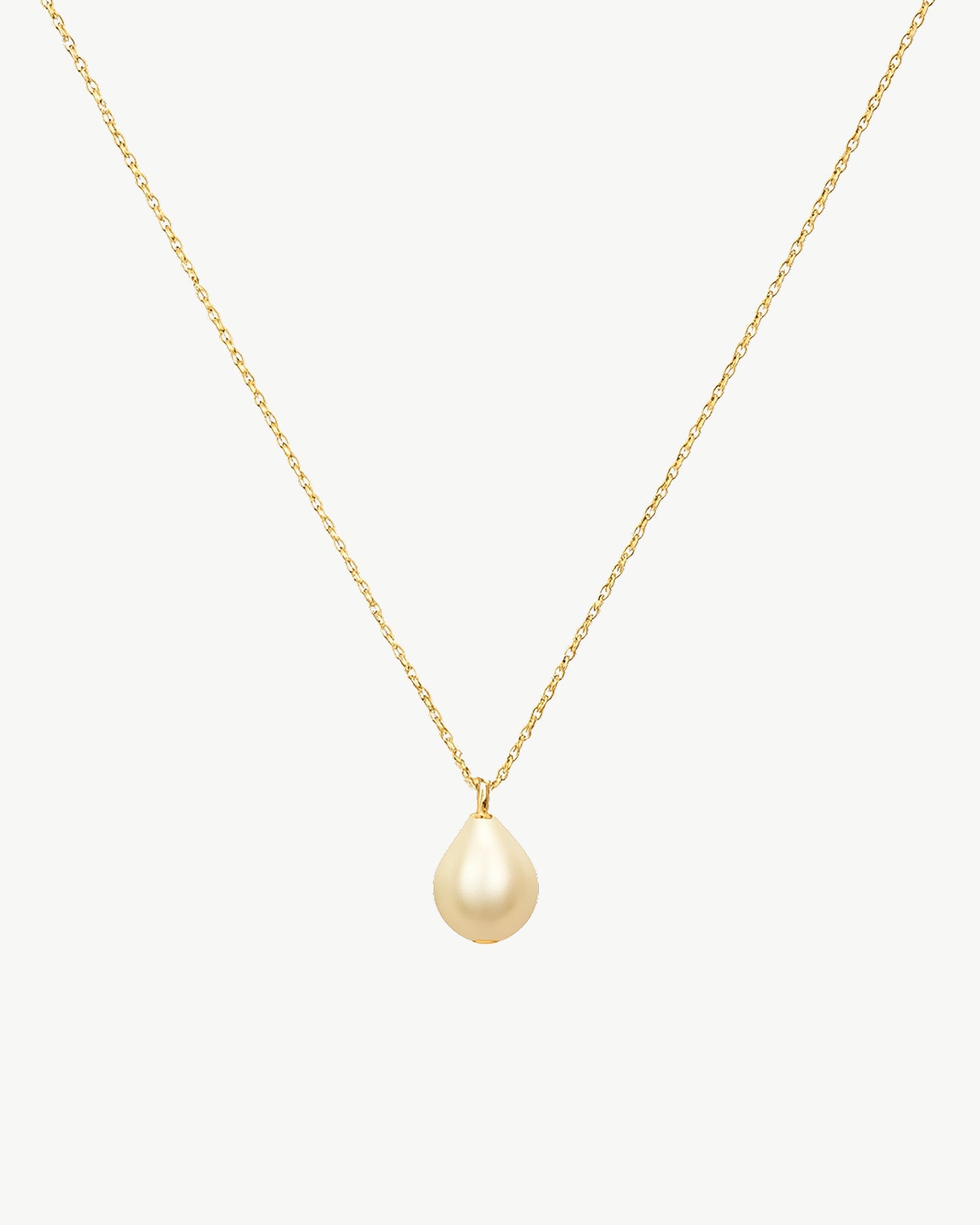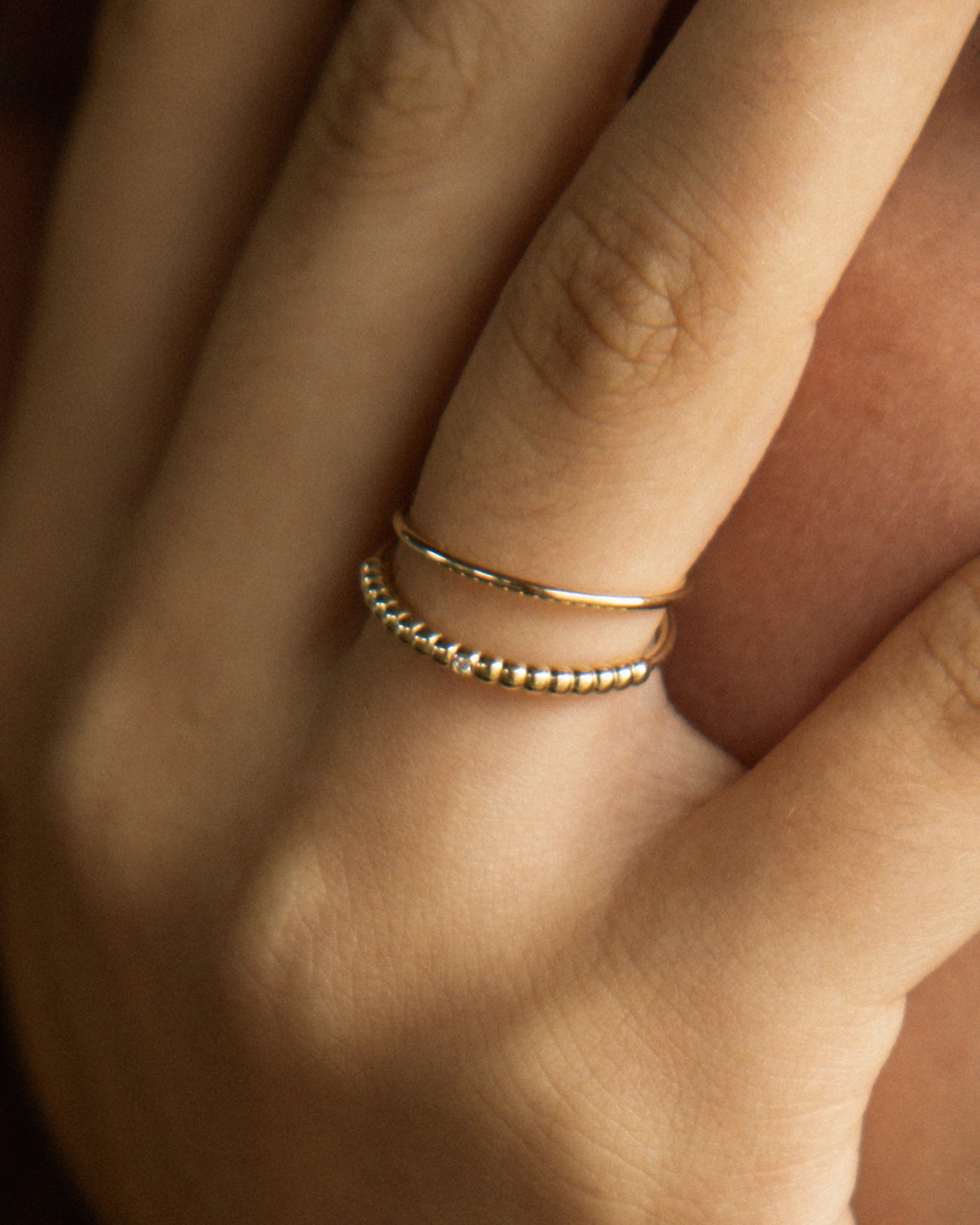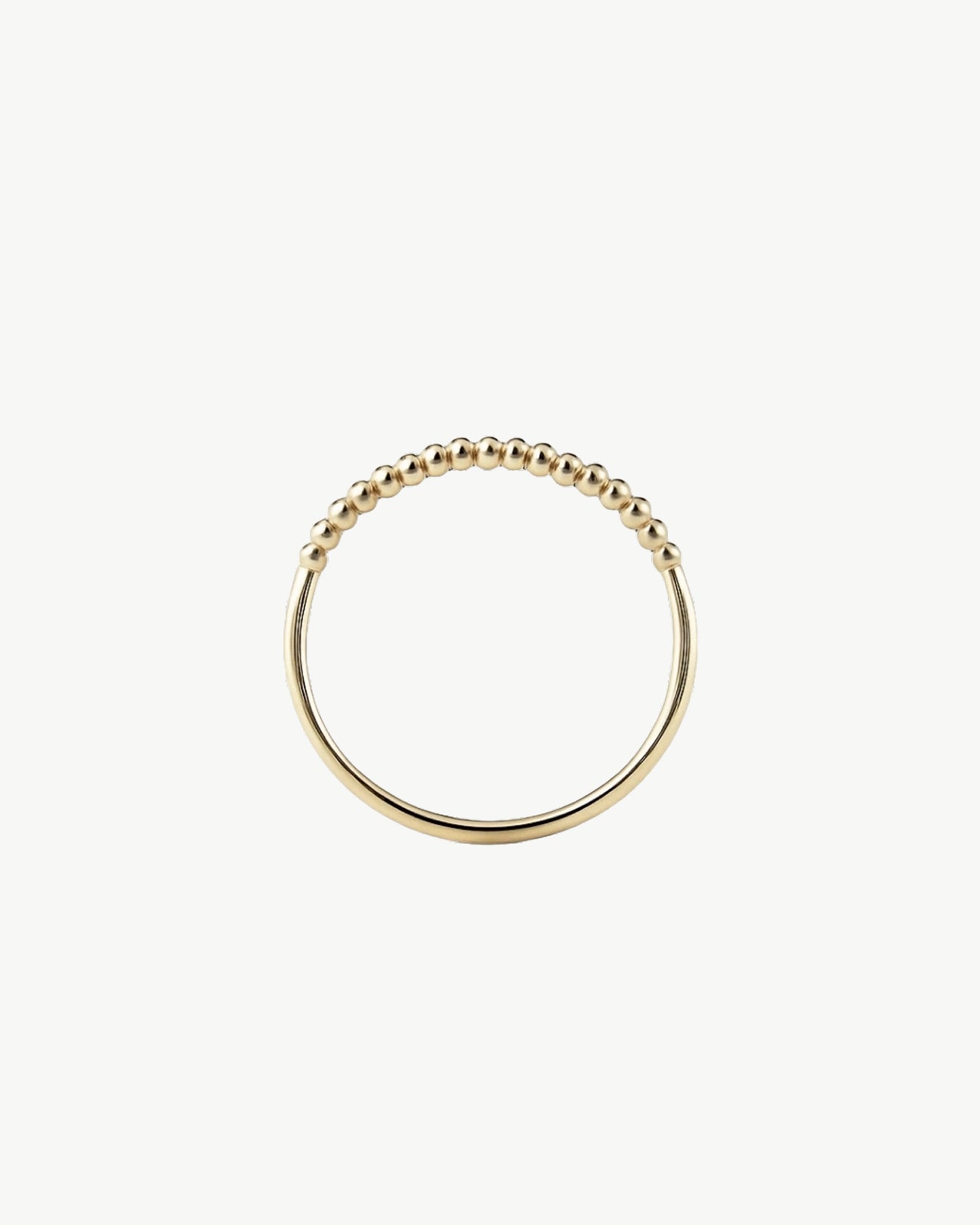Trust, Stamped in Gold
Buying gold jewelry is more than just a purchase—it’s a statement. A celebration. An investment in something beautiful that’s meant to last.
But how do you know what you’re really getting?
With so many terms thrown around—plated, vermeil, filled, solid—it’s easy to feel uncertain. That’s exactly why hallmarking exists. It’s one of the most important (and most overlooked) protections a jewelry buyer has. And if you’re shopping for pieces you’ll wear for years, understanding hallmarks is essential.
So… What Is a Hallmark?
A hallmark is a small but powerful stamp placed on gold (and other precious metals) to certify what it’s made of and that it’s been officially tested.
Think of it as a permanent receipt—etched into the piece itself.
The hallmark tells you:
-
The purity of the gold (like 9K, 14K, or 18K)
-
That the piece has been independently verified (not just claimed by the brand)
-
Where and when it was tested
It's not just a label—it’s legal proof.
The EU Doesn’t Play Around with Hallmarks
In the European Union, hallmarking is strictly regulated. Every country has its own designated Assay Office, an independent body that tests precious metal jewelry before it's allowed to be sold.
For example, when a piece says it’s 9 karat gold, the EU hallmark guarantees that it really contains 37.5% pure gold—no more, no less.
There’s no guesswork. No vague claims. No faking it.
If a brand is selling gold jewelry in the EU, and it's over a certain weight (typically 1 gram for gold), it must be hallmarked by law.
Why Hallmarking Gives You Peace of Mind
In a world where anyone can slap “gold” on a product page, hallmarks cut through the noise. They protect you from:
-
Overpaying for gold-plated or “gold-filled” pieces marketed as fine jewelry
-
Buying items that contain less gold than promised
-
Hidden metals in alloys that may irritate your skin (like nickel or brass)
Hallmarks back up a brand’s quality claims with third-party verification. You’re not just trusting a store—you’re trusting a certified, independent authority.
And for jewelry that’s meant to last? That kind of trust matters.
What Hallmarking Looks Like
On your jewelry, you might notice tiny stamps like:
-
“375” – which means 9 karat gold (37.5% pure)
-
A symbol for the Assay Office or maker’s mark
-
Optional design stamps or purity symbols
They’re discreet—but they’re always there. You might need a magnifying glass to see them, but they’re your guarantee of authenticity.
At MUSE of My Own, Every Piece Is Hallmarked
We don’t believe in shortcuts or hidden materials. Every piece of solid gold jewelry at MUSE of My Own is:
-
Made in Europe
-
Crafted from fully recycled gold
-
Independently hallmarked by EU Assay Offices
That means you can trust what you’re wearing—down to the last detail. No nickel. No plating. No question marks.
Just real, responsibly sourced gold, tested and verified for purity.
Final Thoughts: Know What You're Wearing
Hallmarks might be tiny, but their impact is huge. They protect your investment, prove authenticity, and hold brands accountable. And in a market full of gold “lookalikes,” that clarity is everything.
So next time you're shopping for fine jewelry, look for the hallmark. Because when something is stamped with truth, you can wear it with confidence.
